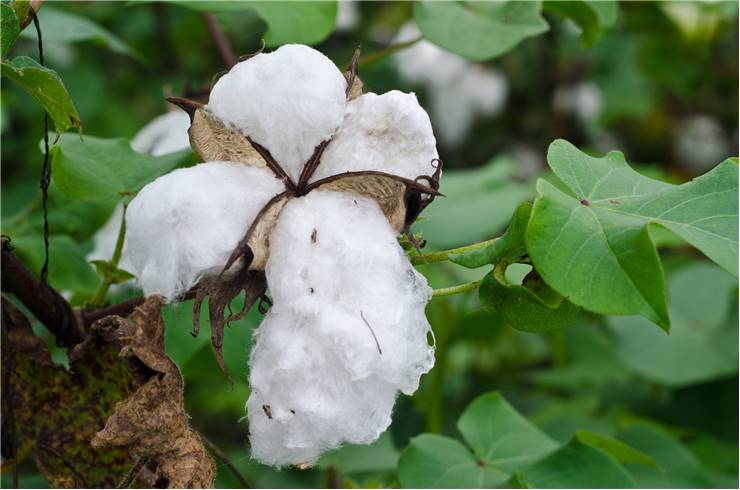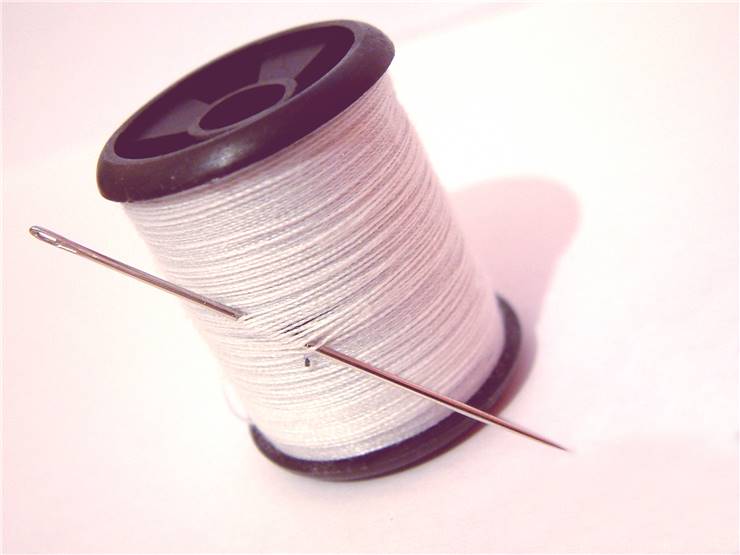History of Cotton
Cotton is a soft, fluffy staple fiber that grows on the cotton plants. It grows in a boll around the seeds of the plant. The fiber of cotton is almost pure cellulose. Several civilizations in both the Old and New World stated using cotton for making fabrics, independently of each other. Cotton was used in the Old World from at least 5000BC. Evidence of cotton use has been found at the site of Mehrgarh, on the Kacchi Plain of Balochistan, Pakistan, where early cotton threads have been preserved in copper beads. Some of the oldest cotton bolls were discovered in a cave in Tehuacán Valley, Mexico, and were dated to approximately 3600 BC. Evidence of cotton was also found in Peru in the form of seeds and cordage dating to about 4500 BC. Herodotus mentions Indian cotton in the 5th century BC. Troops of Alexander the Great that invaded India started wearing cotton clothes because they were more comfortable comparing to their woolen ones. In the 8th century the Muslim conquest of Spain brings cotton to the rest of the Europe.
During the Middle Ages cotton was a fabric in common use. It was hand-woven on a loom until 1350s when the spinning wheel, introduced to Europe which improved the speed of cotton spinning. When Christopher Columbus explored Bahamas and Cuba, he found natives wearing cotton which probably strengthened his belief that he had landed on the coast of India.

During the Renaissance and the Enlightenment cotton becomes highly sought-after in Europe. Vasco da Gama, a Portuguese explorer, opened sea road to Asia, which made caravans obsolete and allowed for heavier cargos. Technology of cotton processing was moving to west. Indian craftsmen protected the secret of how to create colorful patterns but some of them were converted to Christianity and revealed their secret to French Catholic priest, Father Coeurdoux who transferred it to France and planted the seed of European textile industry.
Cotton's rise to global importance came through few factors. Some types of cotton fabrics became popular in Europe. Middle class had become more concerned with cleanliness and fashion and needed easily washable and colorful fabric. East India Company introduced cotton to Britain in the 1690s. New inventions in the 1770s—such as the spinning jenny, the water frame, and the spinning mule— and industrial revolution, made the British Midlands into a very profitable manufacturing centre. The workers had poor working conditions: low wages, child labour, and 18-hour work days with whom British cotton products constituted 40.5% of European exports in 1784–1786.
American cotton industry starts growing with invention of cotton gin in 1793 by Eli Whitney. By the early 1830s the United States produced the majority of the world's cotton which lead to the expansion of slavery in the United States and by the 1850s slaves made up 50% of the population of the states which produced majority of cotton in US: Georgia, Alabama, Mississippi, and Louisiana.
Today industrial production is mostly located in Asian countries like India, Bangladesh, and China and in Latin America. Labor is there much less expensive.


